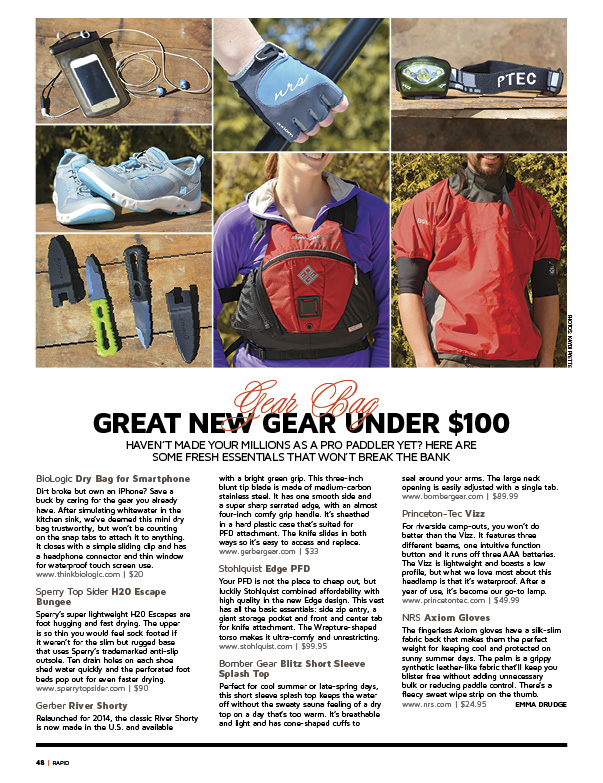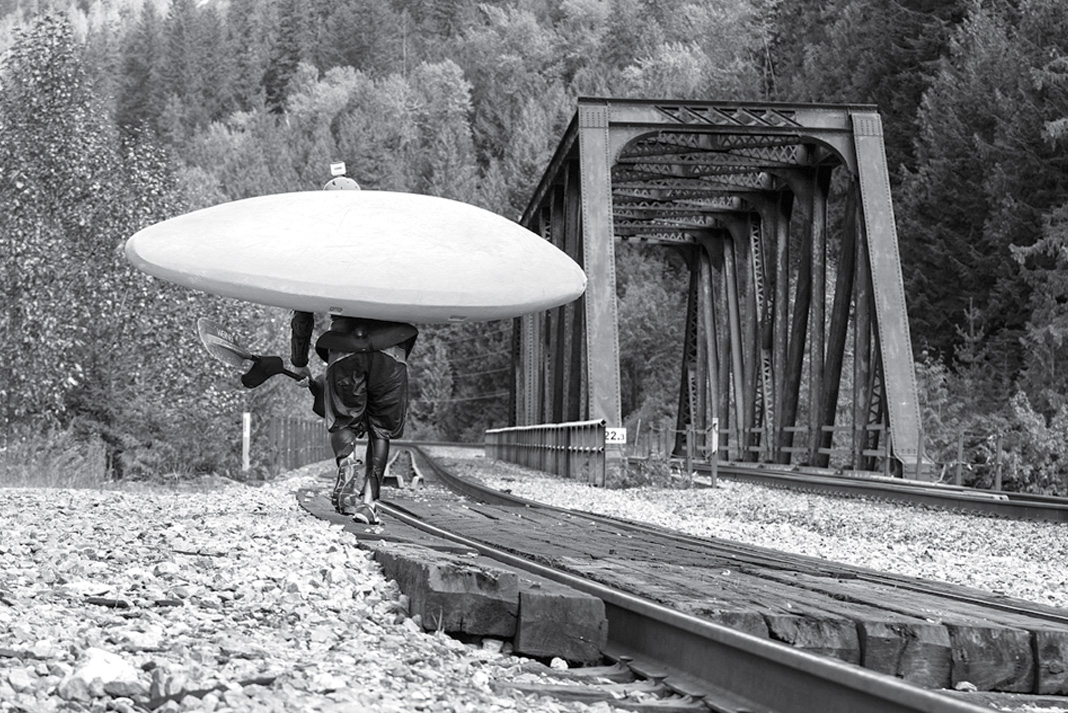Wilderness Systems
A new tandem touring kayak, the Polaris 180, from Wilderness Systems, replaces their North Star model. “The hull design is based off the Tsunami hull,” said Shane Steffan of Wilderness Systems, “which means it has great initial stability, and is also known for speed.” It also has improved hull stiffness, he said, “which breeds better weight. It really has nice speed and glides easily, but can also turn and carve well.”
A new quick access day hatch keeps essential items close, like phones keys, or even a 1 liter Nalgene water bottle. The boat will be available in March of next year.
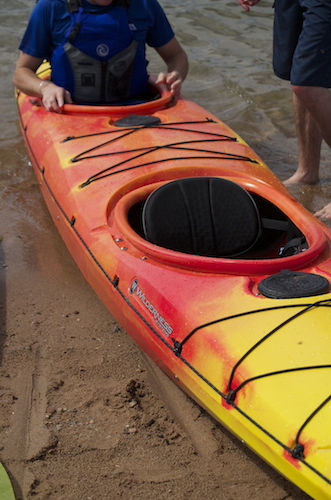
Advanced Elements
Advanced Elements‘ new Paklite inflatable kayak is perfect for paddlers looking to hike into lakes and need something light. The total weight of the new Paklite all packed, including pump and paddle, is six pounds. They’re new single-action pump, The Accelerator, is now going to be available for all of their kayak and FishBone SUP models, making your kayak ready to paddle faster than ever.

Point 65
The new AIR Seat from Point 65 is available on all their new kayaks, in differnet forms. The seat can not only adjust up and down to provide extra comfort and support, but it also features an air bladder inside the seat. Paddlers can pump the seat up quickly and easily to creat more cushion in the seat, or to provide more body contact while paddling.

Necky Kayaks
Not comfortable in your sea kayak? The new ACS2 Seat System, available from Necky Kayaks, was carefully designed to fit the ergonomic shape and curve of the body. The 3D shape and curve from the bottom of the seat into the backrest are intended to relieve back fatigue and ache, even in older paddlers, hoping to get more people paddling.
The height of both the bottom of the seat and the backrest are adjustable. The seat is made up of ventilated mesh which will keep paddlers cool and comfortable. There will be two versions of this new seat, a wide version on recreational kayaks and a more compact, narrower version on touring models. Old Town touring and recreational kayaks will also be receiving the new seat, with a different look more suited to Old Town.

Current Designs
Current Designs has released a new model, called the Equinox, which is as wide as their Solstice series, with a 22″ model and a 24″ model, but is two feet shorter, at 16ft. Their is also going to be a plastic line of kayaks available, along with the composite.
Their Vision series will now be available with a skeg. New partial deck color schemes in the Vision series also spruce up the line.

Delta Kayaks
Delta Kayaks replaces their popular 14.5 boat and brings all the latest improvements from other designs into one boat, the new 14. Those new features include the press-lock hatch system, front day pod and day hatches, and their new seat system. The new Contour Seat System is much lighter, more comfortable and has less moving parts to improve durability. New molded handles on the boat help get it to the water more comfortably.
The new rudder system for 2015 is composite in construction and is much lighter than their aluminum model. It can also withstand more bending before breaking. The rudder is also spring loaded with only one anchor line, rather than traditional two line anchor trolley systems. This not only helps with faster deployment, but allows the rudder to hold its position better in current when not in use, rather than being pushed up when drifting.

Riot, Seaward Kayaks and Boreal Designs
A revolutionary rudder system designed by Felix Martin, is now available on all Riot Kayaks, Seaward Kayaks, and Boreal Design. The design is a 3 part plastic mold that was “bio-inspired,” said Martin, “from a humpback whale flipper. They have the shortest turning radius for whales, and they’re super long.”
The rudder tapers in thickness and is shaped specifically to reduce drag in the water, improving efficiency. It is as stiff as aluminum, but can withstand bending better.
The Edge series from Riot Kayaks, will also be introducing a composite model that will be stiffer and lighter, but also have a better price point. “Great for entry level paddlers who want to start sea kayaking,” said Martin.

Hobie Kayak
Pedal farther with the latest upgrade on the Hobie Kayak MirageDrive, called Glide Technology, which was three years in the making, said Morgan Promnitz. Roller bearings have been added to all five moving parts on the MirageDrive to reduce friction and improve efficiency. This means you can peddle for extra miles without getting fatigued as early. The bearings are plastic, which means they’re free from corrosion. “It makes turbo fins peddle as easily as normal fins,” said Promnitz. How’s that for speed?

The new Vantage Seat also caused a buzz across Demo Day. The new seat is available on all MirageDrive boats and has three different positions (except the Revo series, which has two positions). The breathable mesh seat has adjustable lumbar support, as well as forward and reclining adjustments. The low position is just as low as normal seats, so there will be no loss of stability when peddling.
Their Speed Drain system is also a handy addition to the MirageDrive kayak lineup. Once the one way plug is pulled and secured and the boat begins moving at at least 3mph, the venturi system actually sucks water out from the cockpit.

Stay tuned for more of the greatest new products from Outdoor Retailer. Be sure to follow along with Adventure Kayak on our Facebook and Twitter pages!



















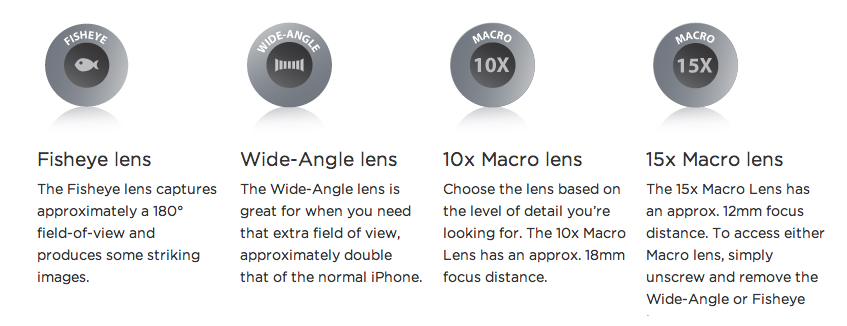
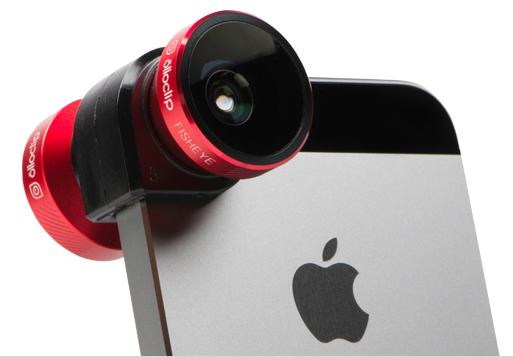
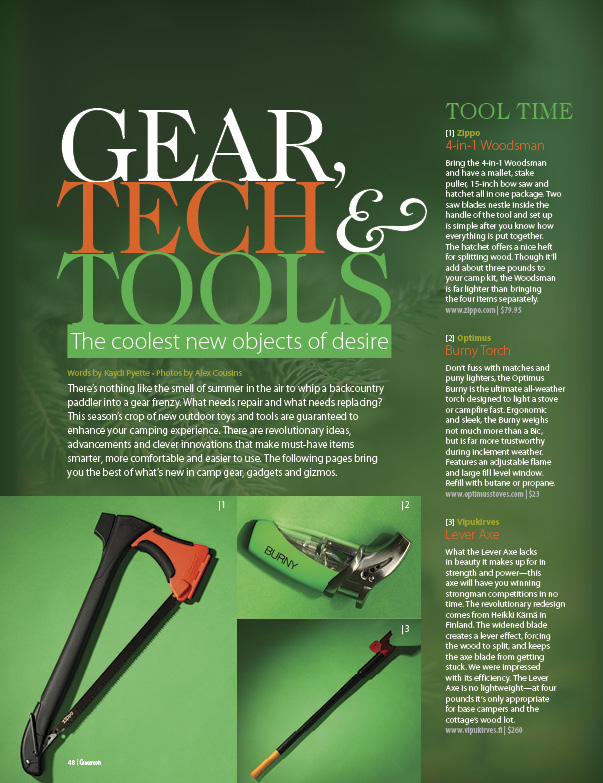 Get the full article in the digital edition of Canoeroots and Family Camping, Early Summer 2014, on our free
Get the full article in the digital edition of Canoeroots and Family Camping, Early Summer 2014, on our free 
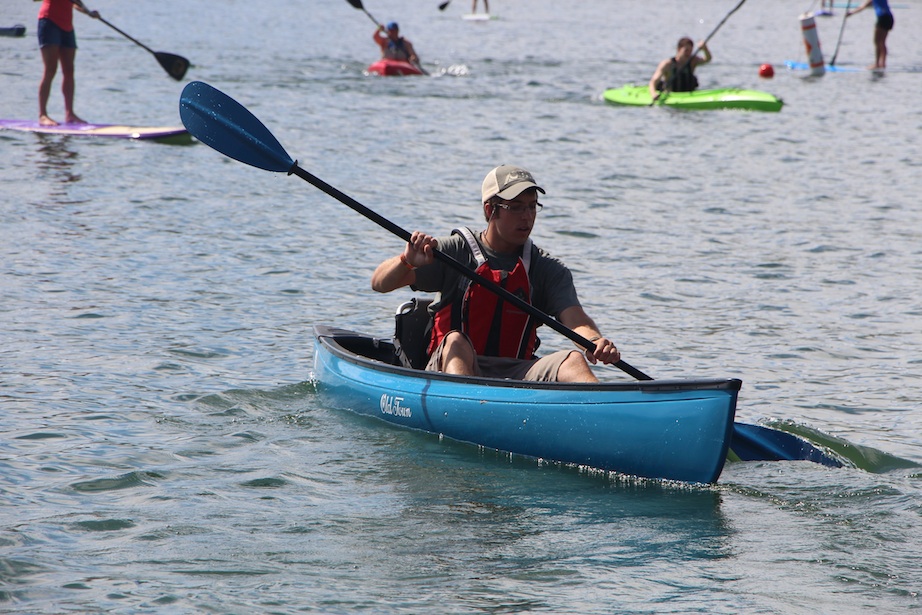
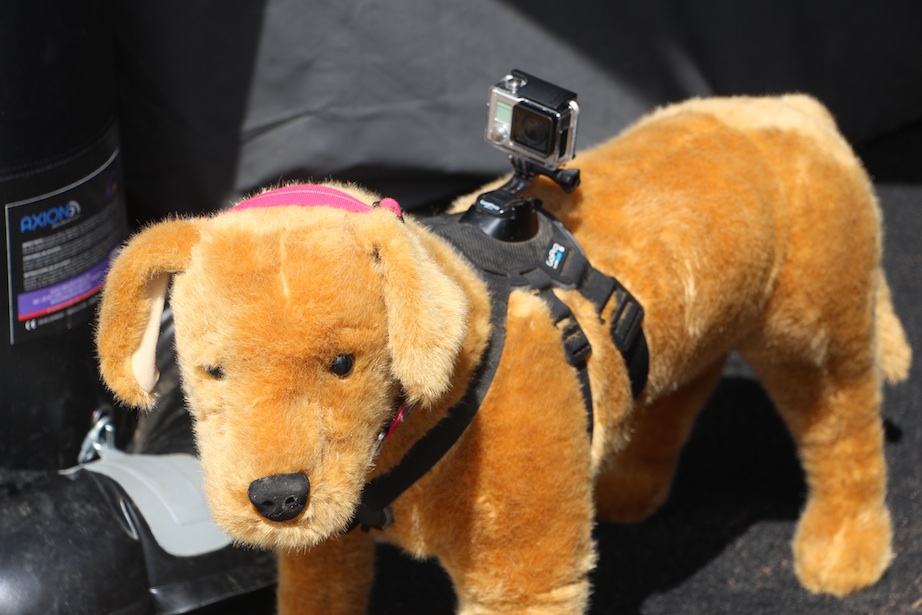
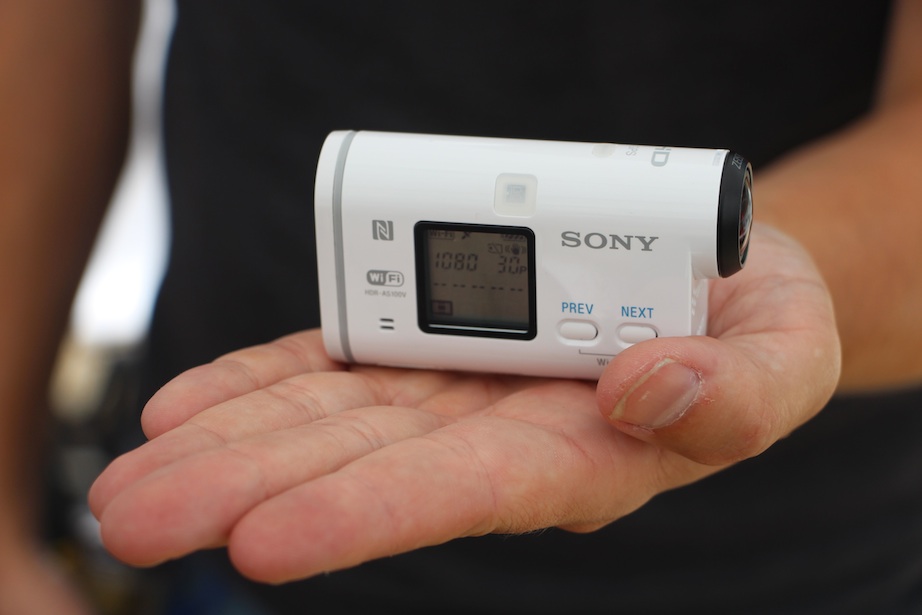

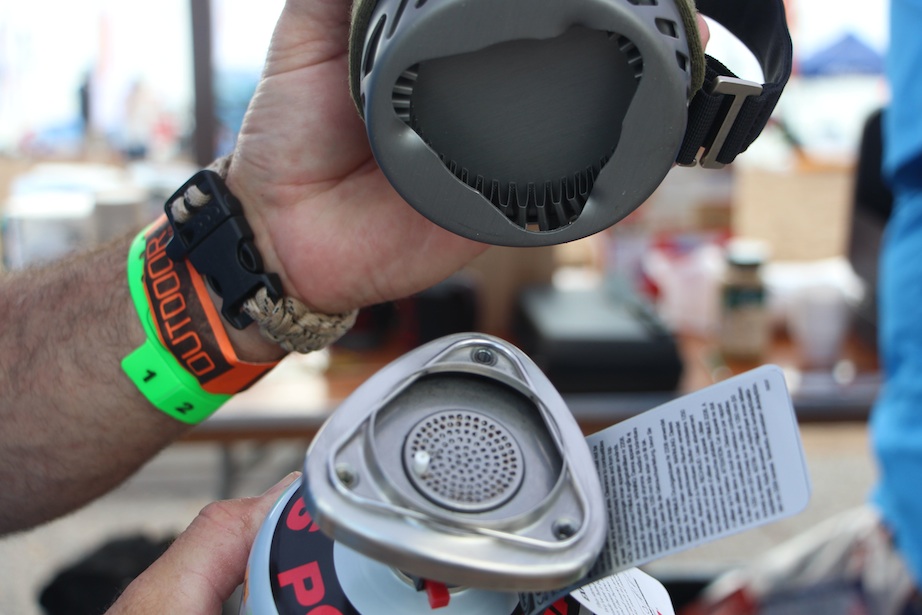














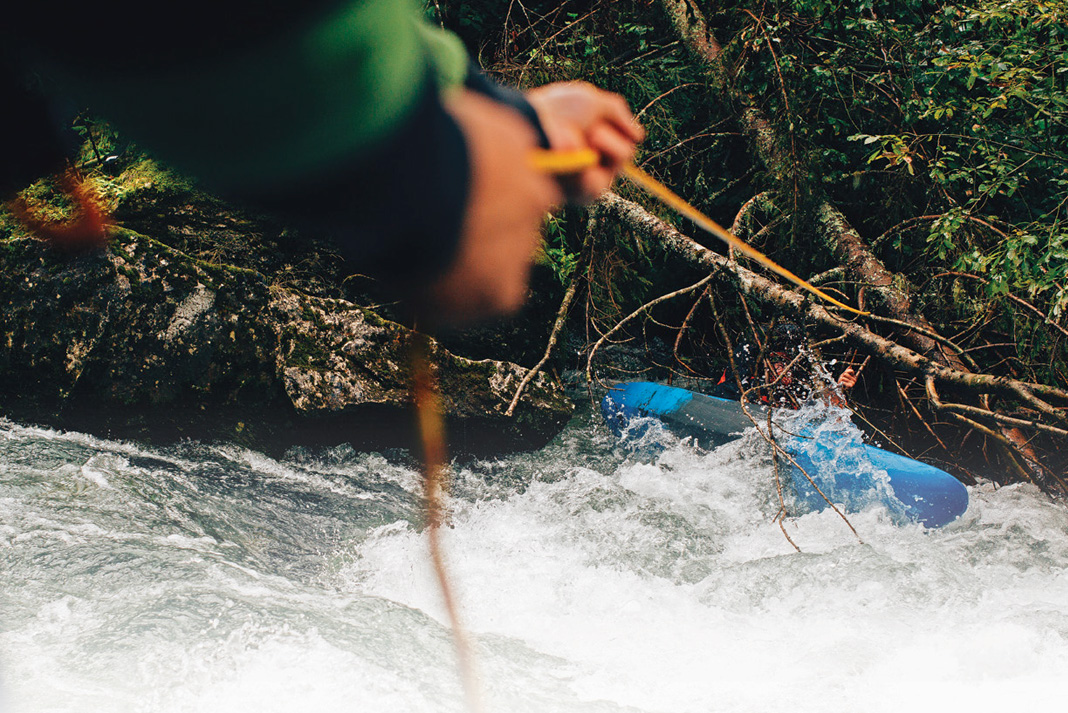
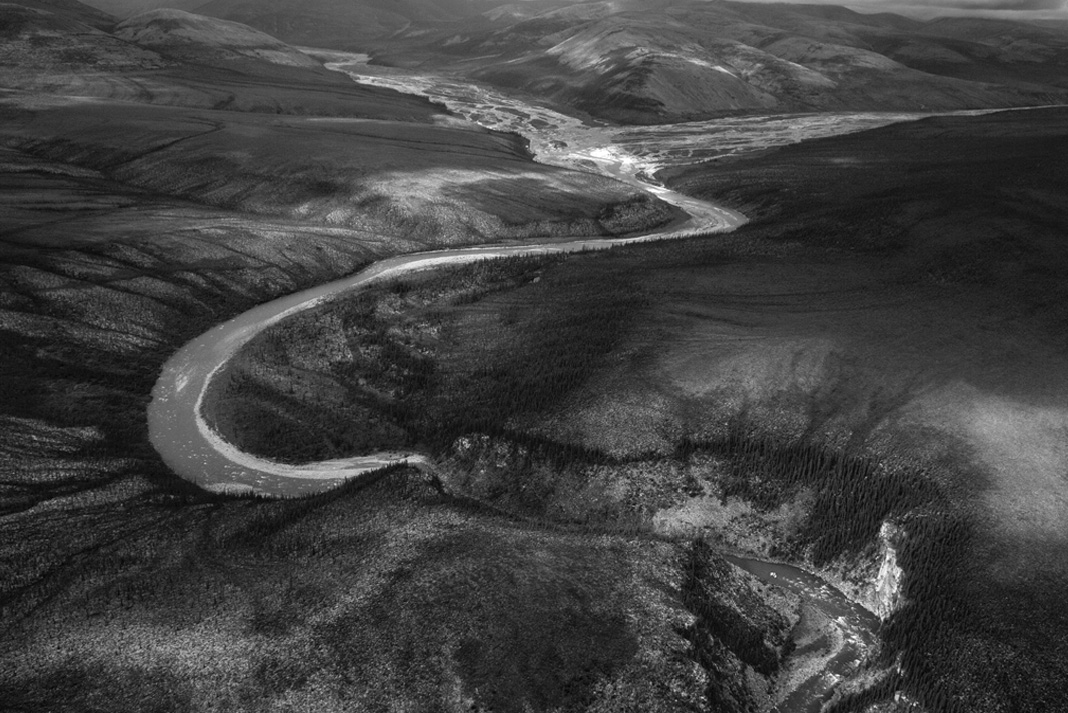
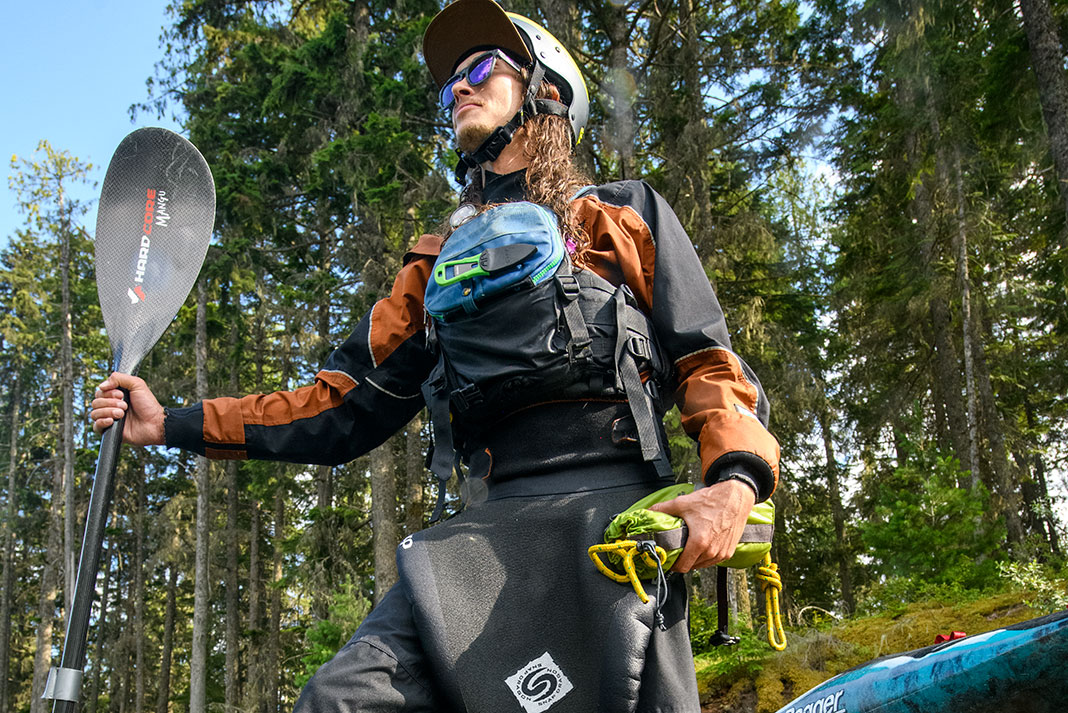
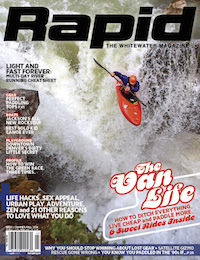 This article was first published in the Summer/Fall 2014 issue of Rapid Magazine.
This article was first published in the Summer/Fall 2014 issue of Rapid Magazine. 
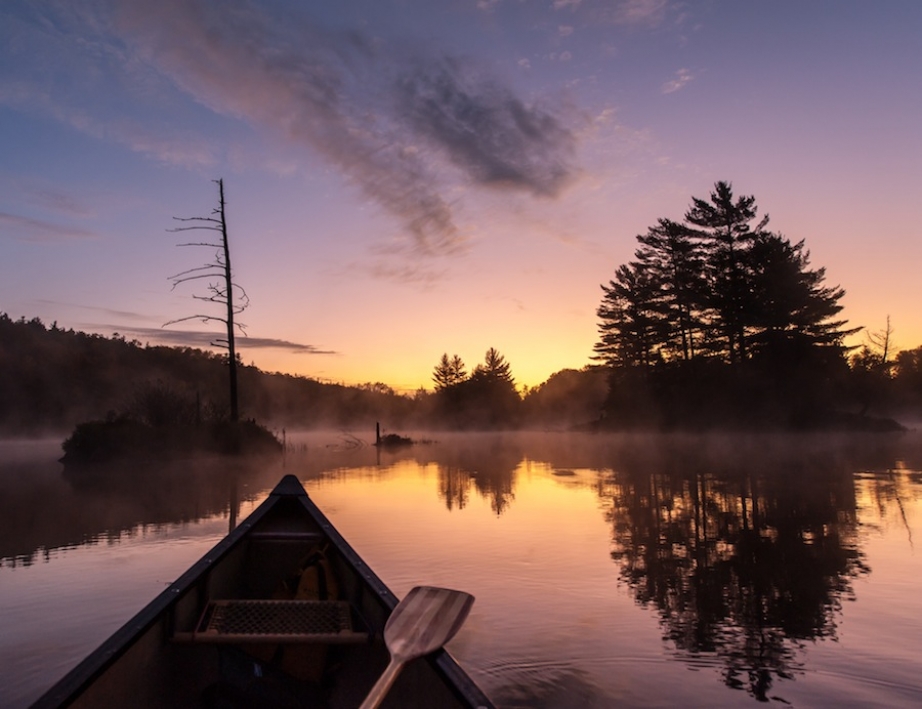
 Get the full article in the digital edition of Canoeroots and Family Camping, Summer/Fall 2014.
Get the full article in the digital edition of Canoeroots and Family Camping, Summer/Fall 2014.
